
Mint practically grows itself! Not only does mint add flavor to foods and tea, but also it’s useful for health remedies such as aiding digestion. All you need to do is confine this herb to keep it from spreading. See tips on planting, growing, and controlling mint.
Mint is a perennial herb with very fragrant, toothed leaves and tiny purple, pink, or white flowers. There are many varieties of mint—all fragrant, whether shiny or fuzzy, smooth or crinkled, bright green or variegated. However, you can always tell a member of the mint family by its square stem. Rolling it between your fingers, you’ll notice a pungent scent and think of candy, sweet teas, or maybe even mint juleps.
As well as kitchen companions, mints are used as garden accents, ground covers, air fresheners, and herbal medicines. They’re as beautiful as they are functional, and they’re foolproof to grow, thriving in sun and shade all over North America. Since mint can be vigorous spreaders, you simply have to be careful where you plant it.
For more information on how to grow mint click the following hyperlink to Farmers Almanac Mint.
For other resources please click on Gardening Know How's Mint link.
Description: Most of the mints we use today, including spearmint, came to North America with the Colonists. They used mint teas medicinally for headaches, indigestion and to help them sleep. Mint is also an excellent culinary addition and makes a great tea for the pure pleasure of it. As a general rule, mint family plants root vigorously when allowed to grow freely and can be invasive. Grow them in containers to keep them in check.
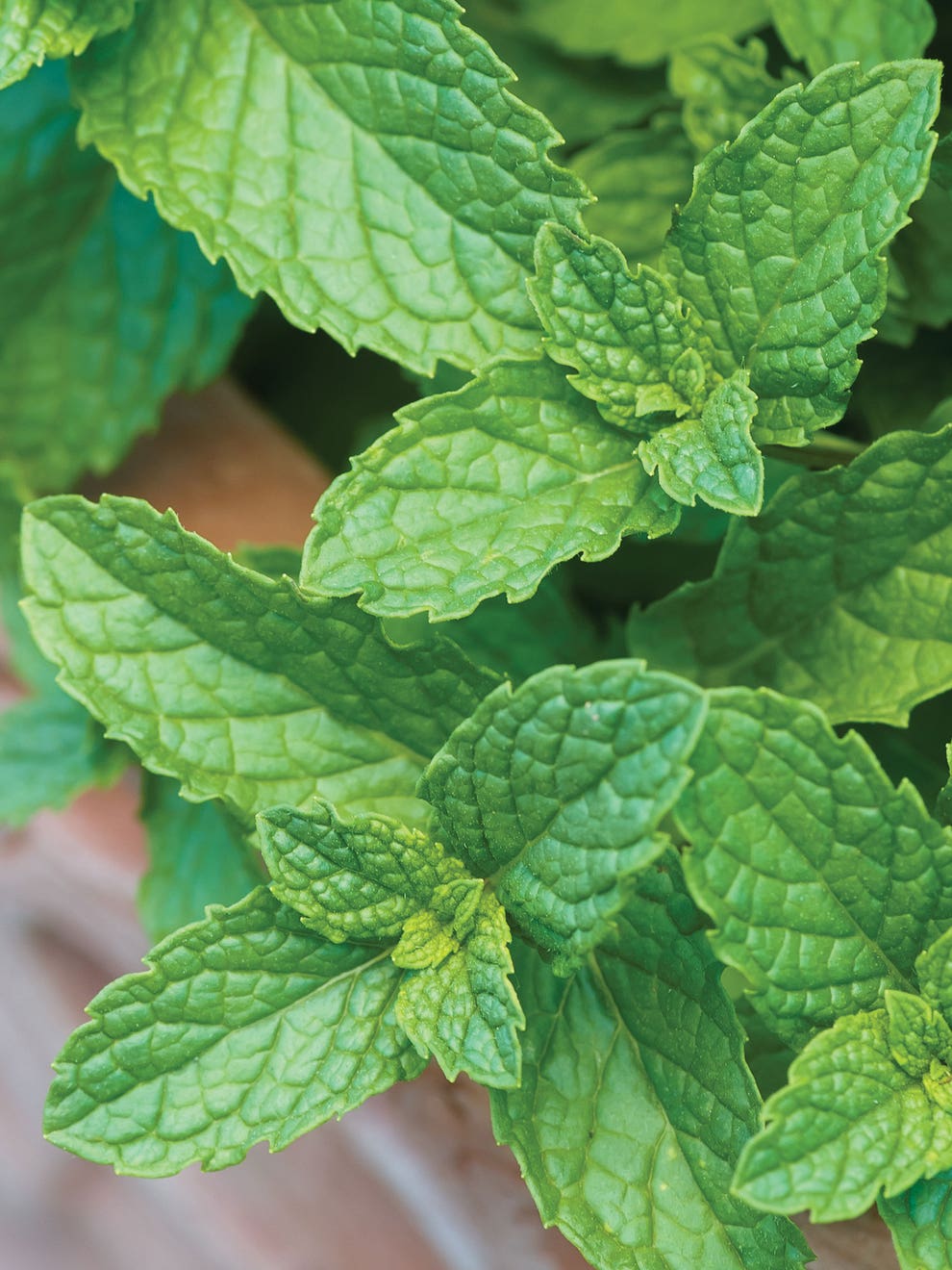
Description: Peppermint iced tea, hot tea, on lamb-just to name a few common uses of peppermint. Lesser known ones include calming the digestion or relieving minor sinus discomfort with a strong concentration of peppermint oils. As a general rule, mint family plants root vigorously when allowed to grow freely and can be invasive. Grow them in containers to keep them in check. Perennial in zones 4-9.
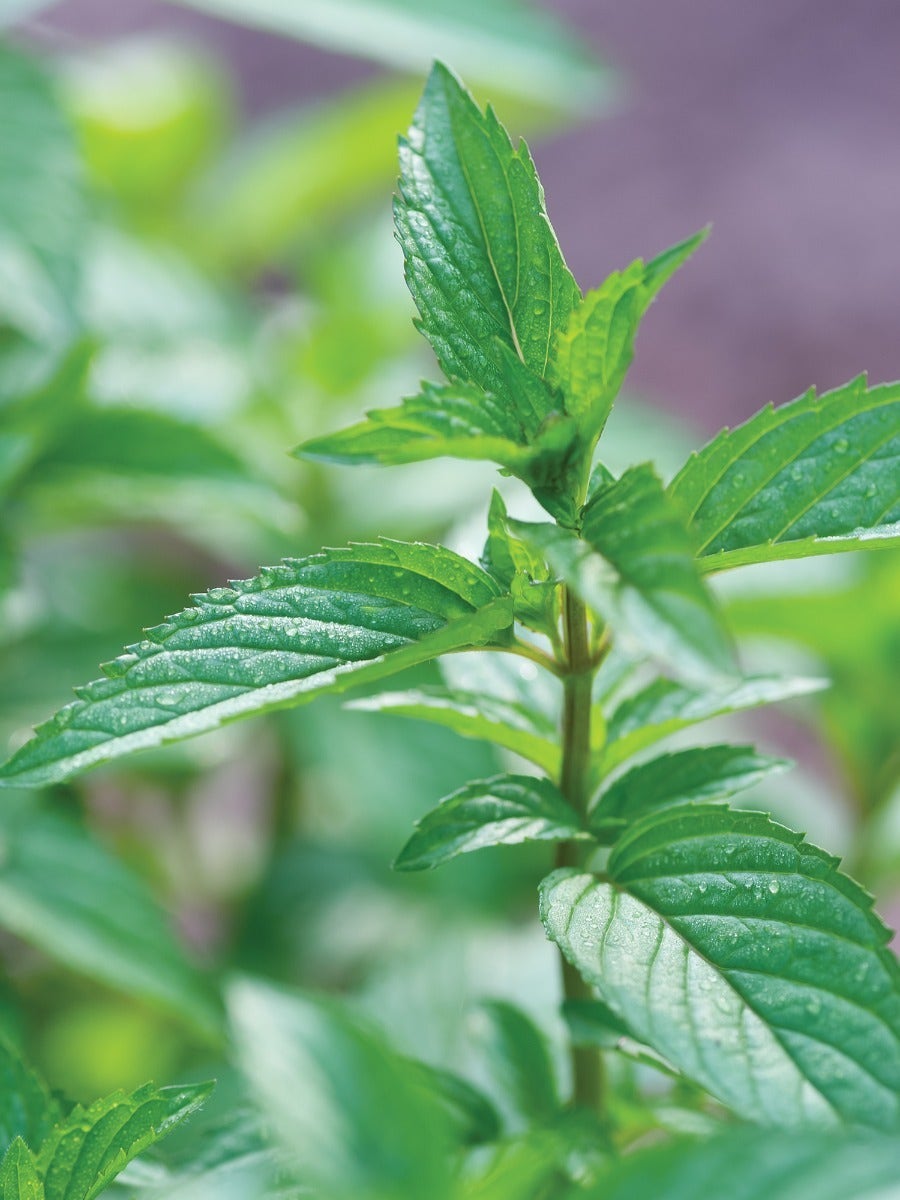
Description: Cook's Garden Favorite. Deliciously sweet and tropical, pineapple mint also has a tropical effect in the garden with its bright green, white, and yellow variegated foliage. A tasty topping for fruit, ice cream, cold and hot tea, and juice drinks. As a general rule the mentha family is best grown in containers as it's known to root vigorously when allowed to grow freely.
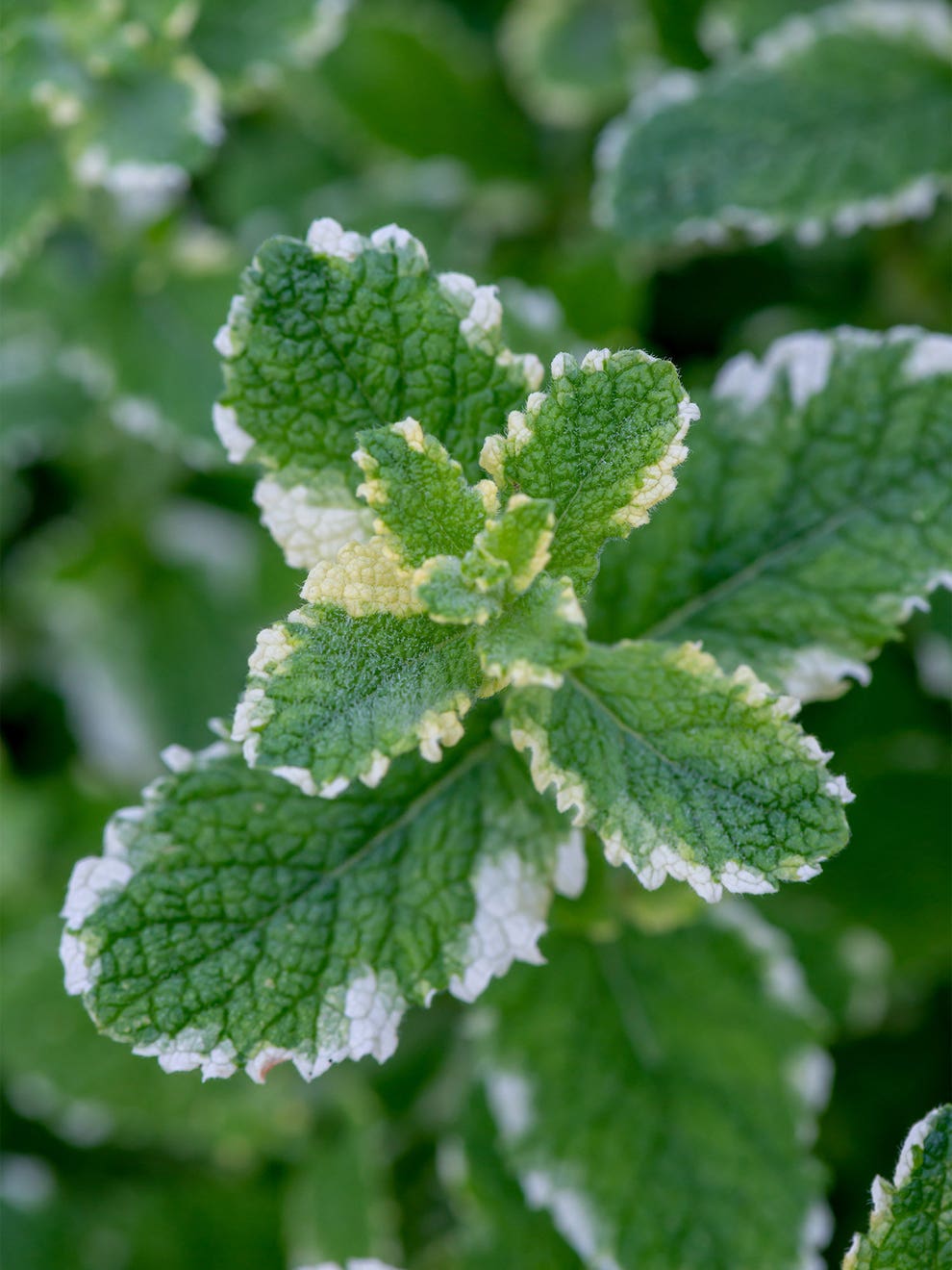
Description: Cook's Garden Favorite. This variety is a sultry and refreshingly pungent as the name suggests. A delectably sweet topping for fruit and ice cream alike, also great for hot tea. As a general rule the mentha family is best grown in containers as it's known to root vigorously when allowed to grow freely.
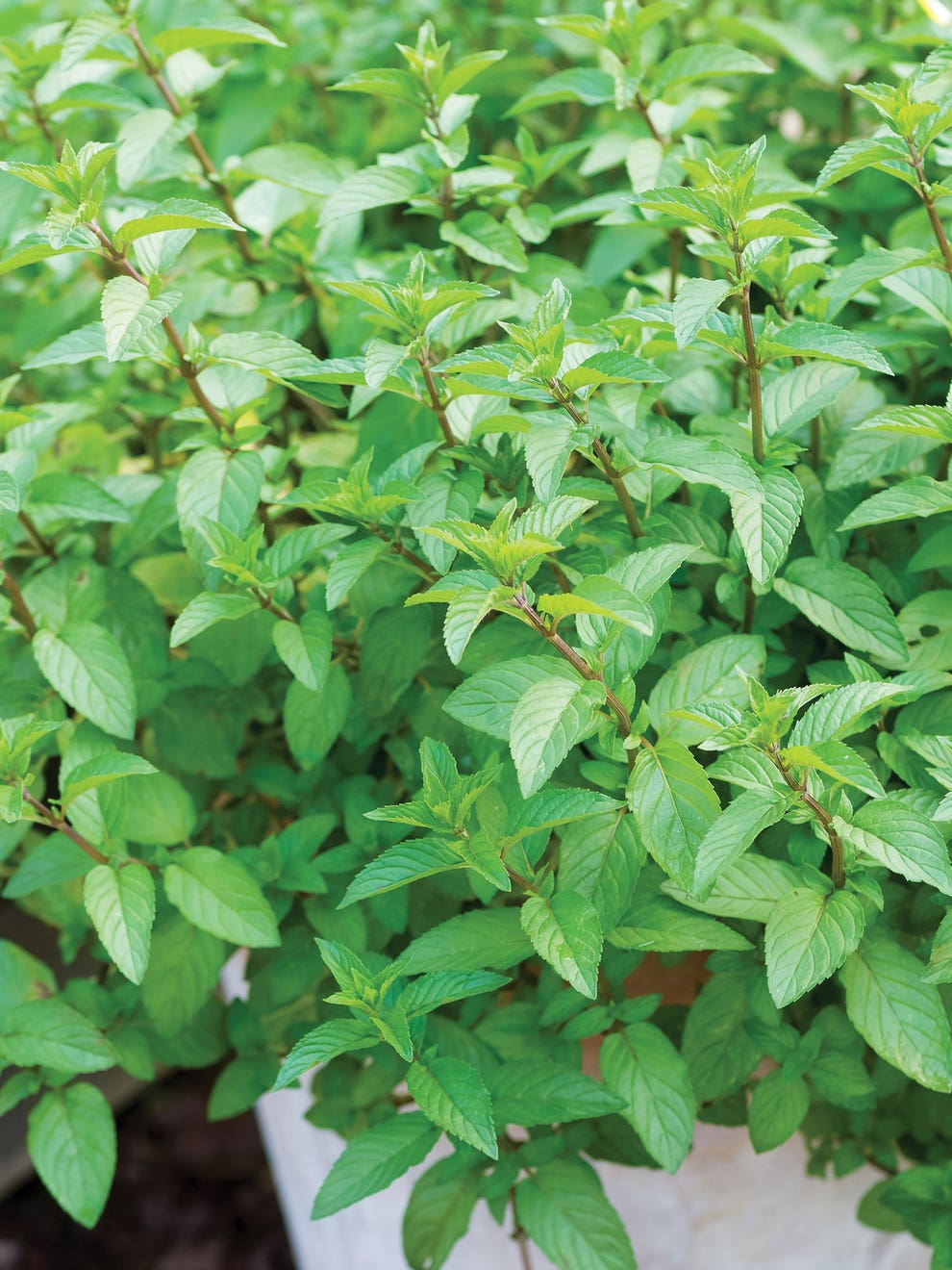
Description: Mentha x villosa, compact perennial plants hardy to zones 5-9, This variety was discovered in Cuba. Leaves are used not just in beverages, but Mojito Mint also makes jelly, herbal teas and iced drinks.

Description: The combination of orange and mint calls you to refreshment and arouses the thought of bright, clean flavors on the pallet. Best used fresh, try as a substitute in any favorite recipe calling for mint. As a general rule, mint family plants root vigorously when allowed to grow freely and can be invasive. Grow them in containers to keep them in check.
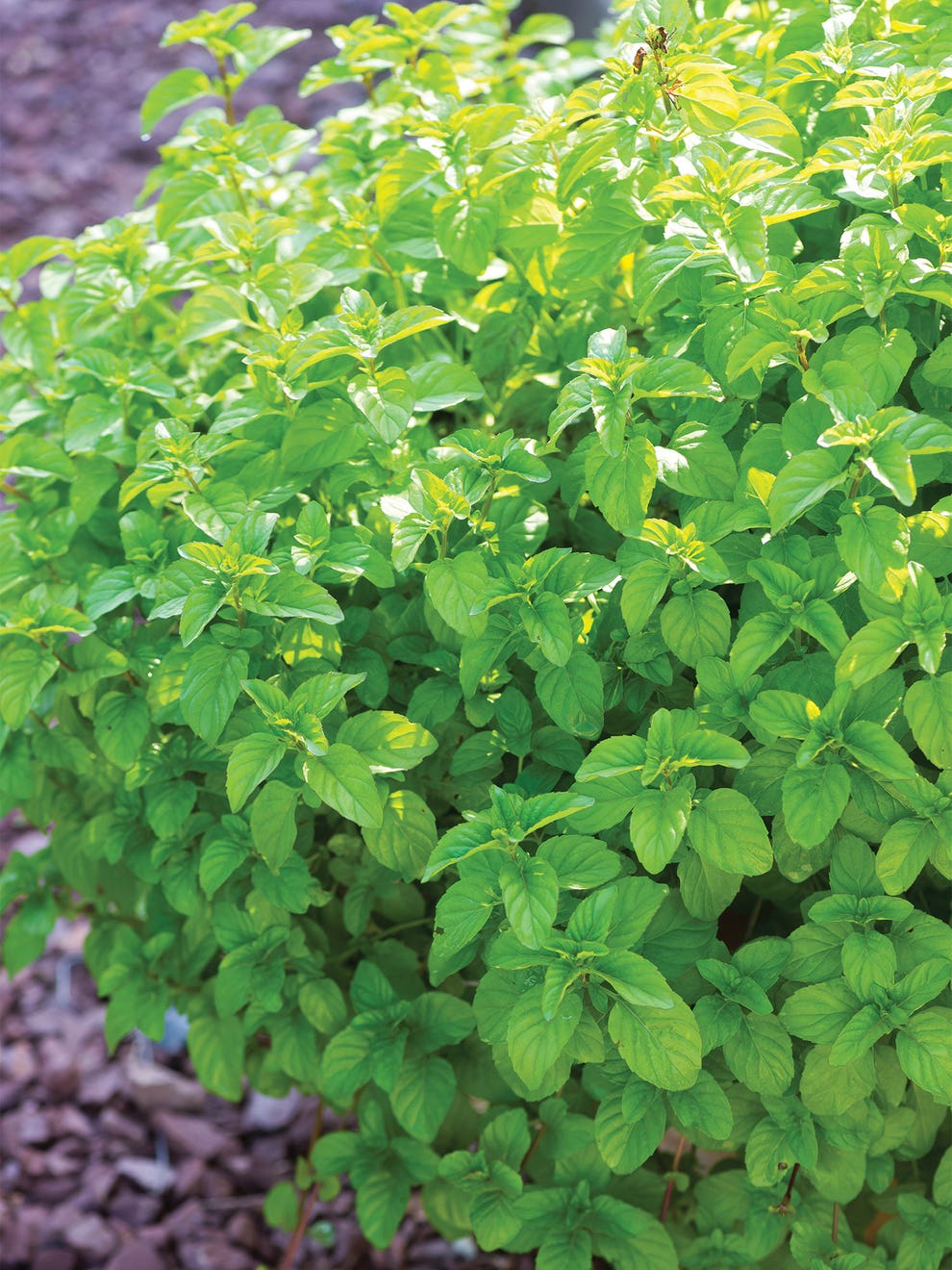
Calamintha Seeds, Marvelette Blue:
Description: (Calamintha nepeta). The fantastic minty, floral fragrance will permeate your senses wherever Marvelette Blue is planted! The compact, bushy plants with loose spikes of understated blue flowers emit a scent that is cool and minty, with a touch of rose. This makes a stunning herbal tea; you’ll find yourself brewing cup after cup served hot or iced! Popular with a range of pollinators, especially butterflies. Eight- to 10-inch-tall plants form tidy clumps; it is not an aggressive spreading perennial.

Calamintha Seeds, Marvelette White:
Description: (Calamintha nepeta). Pollinators will flock to these aromatic blooms! The compact, bushy plants reach 8 to 10 inches tall and are frosted in snow-white blooms. Phenomenal for brewing into tea and served iced or hot. Popular with a range of pollinators, especially butterflies. Full-sun-loving, deer-resistant plants form tidy clumps; it is not an aggressive spreading perennial. Flowers in the first year.

Catmint Seeds, Dark Blue Panther:
Description: (Nepeta subsessilis). Compact and tidy, this Japanese catmint and its mesmerizing blue blooms attract a range of pollinators. The plants reach just 12-20 inches tall and fit perfectly into beds, borders, and containers. The blooms are larger than other types of catmints, and we especially enjoy the fragrance of the flowers. This bushy and colorful mounding plant is technically a perennial, but it will bloom in the first year and can be treated as an annual as well.

Description: (Nepeta subsessilis). This variety’s soft pastel blue, pink and white flower spikes combine for a romantic effect. Cats won’t be the only ones loving this colorful mix; it’s also a major pollinator magnet! Plants reach 1 to 2 feet in height and about 1 to 1.5 feet wide, blooming in high summer, attracting songbirds, hummers, butterflies as well as bees.

Description: (Nepeta subsessilis). Compact and tidy, this Japanese catmint and its mesmerizing blue blooms attract a range of pollinators. The plants reach just 12-20 inches tall and fit perfectly into beds, borders, and containers. The blooms are larger than other types of catmints, and we especially appreciate the fragrance of the flowers. This bushy and colorful mounding plant is technically a perennial, but it will bloom in the first year and can be treated as an annual.

Description: (Nepeta cataria) The herb is famous for its ability to drive cats wild; however, it is also medicinal. This versatile herb can be used to make a flavorful herbal tea, which has been traditionally employed as a natural remedy for alleviating symptoms of colds, flu, and other respiratory ailments. This is also a highly vigorous plant, making it a great fit for gardens of various conditions.

Description: (Leonotis nepetifolia). A member of the mint family, it is native to southern Africa and is used there as a folk medicine for treating numerous ailments, and has shown some promise in studies. Tall, evergreen tropical plant produces loads of stunning peachy-orange flowers. It is also known as Christmas Candlestick. Caution: this plant is a mild narcotic.

Description: (Tagetes lucida). Enjoy this late-blooming marigold in teas and other drinks; a great flavoring for many dishes. The herb was known to Aztec, Maya, and Huichol people, who used it ceremonially and medicinally – as well as for dyes and incense. This old Hispanic heirloom variety is hard to find nowadays, but is still a great garden plant that is easy to grow and quite flavorful, often stepping in as a substitute for tarrragon. It can get up to 30 inches tall and bears heads of golden florets in the late summer.

Mint Seeds, Greek Mountain Tea:
Description: (Sideritis scardica). Brew a mellow and minty cup of herbal tea or attract pollinators to the garden with this delicious herbaceous perennial. Endemic to the mountainous areas of the Balkan peninsula, this low-growing sub-shrub reaches 16 inches tall and about 1 foot wide. Also known as ironwort, the leaves are long and sword shaped, with a silvery color and slightly fuzzy texture.

Description: (Mentha mix). This is perhaps the most powerful perennial to invite into your landscape. Countless beneficial insects are absolutely enchanted by mint, while many pesky garden pests are repulsed by it. Growing mint from seed is a lesson in the beauty of chaos in the natural world, as the busy activity of insect pollinators causes a wide spectrum of mint flavors. We love the element of surprise in growing mint from seed. While the flavors may range from spearmint to peppermint or applemint, the purported medicinal and pest-repelling benefits remain the same. It will certainly spread and should be planted in a contained area, raised beds, or grown in pots.

Description: (Pycnanthemum pilosum). This top pollinator favorite is easy to grow from seed and to care for. It’s loaded with nectar, so the subtly spotted flowers hum with life. Because of its strong smell, mammals won’t bother it, yet it’s a delight in the gardens because simply brushing this plant will release a beautiful mint aroma. The first botanical records of this plant come from French botanist Andre Michaux’s notes from the late 18th century. It naturalizes in dry prairie or glade habitats, but also does well in sunny to partially shaded, drained beds. It can readily spread by rhizomes, but roots can be cut back once a year to prevent spreading.

Moldavian Seeds, Moldavian Dragonhead Balm:
Description: (Dracocephalum moldavicum). Eurasian native that has been cultivated for centuries. The minty-lemony leaves and large purple flowers have long been used in a tea for reputed herbal benefits, including “lightening a discouraged heart.” Beloved by bees, like all the mint tribe.
